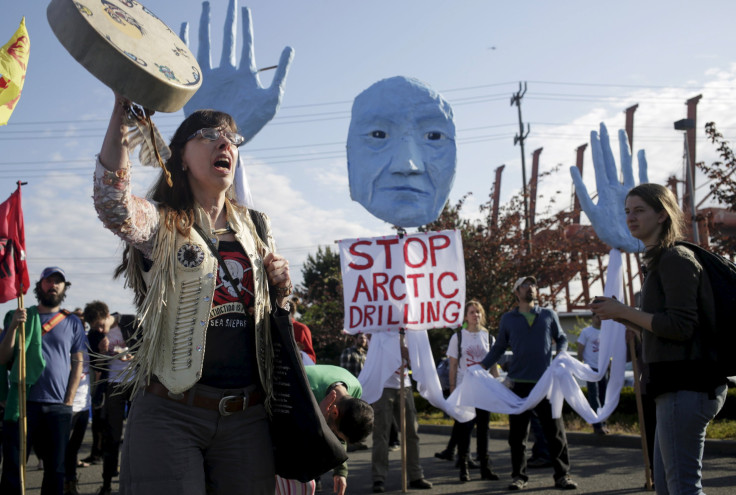Can Trump Reverse Obama’s Arctic, Atlantic Drilling Ban? Probably Not

On Tuesday, President Barack Obama announced that he was earmarking huge swaths of U.S. waters in the Arctic and Atlantic Oceans as “indefinitely” off-limits to offshore oil and gas leasing and drilling. Although the decision was hailed as a historic one by climate activists, representatives of the energy industry slammed it, terming it a move in the “wrong direction.”
“Fortunately, there is no such thing as a permanent ban, and we look forward to working with the new administration on fulfilling the will of American voters on energy production,” Erik Milito, the American Petroleum Institute’s upstream director, said in a statement released Tuesday. “We are hopeful the incoming administration will reverse this decision as the nation continues to need a robust strategy for developing offshore and onshore energy.”
But can the Donald Trump-led administration reverse the ban?
Probably not. At least not without help from Congress.
“This action has the force of law. There is no authority for a future president to withdraw it,” a senior Obama administration official, whose name was not revealed, told CNN.
The legal basis of Tuesday’s ban stems from a provision in a 1953 law called the Outer Continental Shelf Lands Act, which allows the president to “from time to time, withdraw from disposition any of the unleased lands of the outer Continental Shelf.”
This language, many legal experts argue, gives Obama the authority to use executive action to permanently block drilling in undersea lands.
However, given that undoing the ban through a similar executive action is not possible — at least as things stand now — there are two possible recourses Trump’s administration is left with — a legal challenge, wherein the fate of the declaration will be decided by federal courts; or trying to pass a Congressional Act that amends the 1953 law and nullifies the ban.
Even if the ban is challenged in courts, it is highly unlikely that a swift decision will be taken — especially because none of the designations made under the Act, including one by Dwight Eisenhower in the late 1950s, have so far been undone.
“They’ll be arguing about this for years in the courts,” Patrick Parenteau, a professor of environmental law at Vermont Law School, told the New York Times. “It would be surprising if the Republican Congress didn’t do anything about it in the meantime.”
However, a Congressional ban that attempts to amend the Outer Continental Shelf Lands Act would need to pass muster in the Senate, where the Republicans’ 52-seat majority is not enough to clear procedural hurdles, such as a filibuster.
“I don’t think those designations by President Obama are going to be that easily undone,” Robin Kundis Craig, a professor of law at the University of Utah, told the Atlantic magazine. “President Trump couldn’t just come in and unilaterally undo it, because it’s a delegated authority from Congress to deal with federal property.”
© Copyright IBTimes 2025. All rights reserved.






















